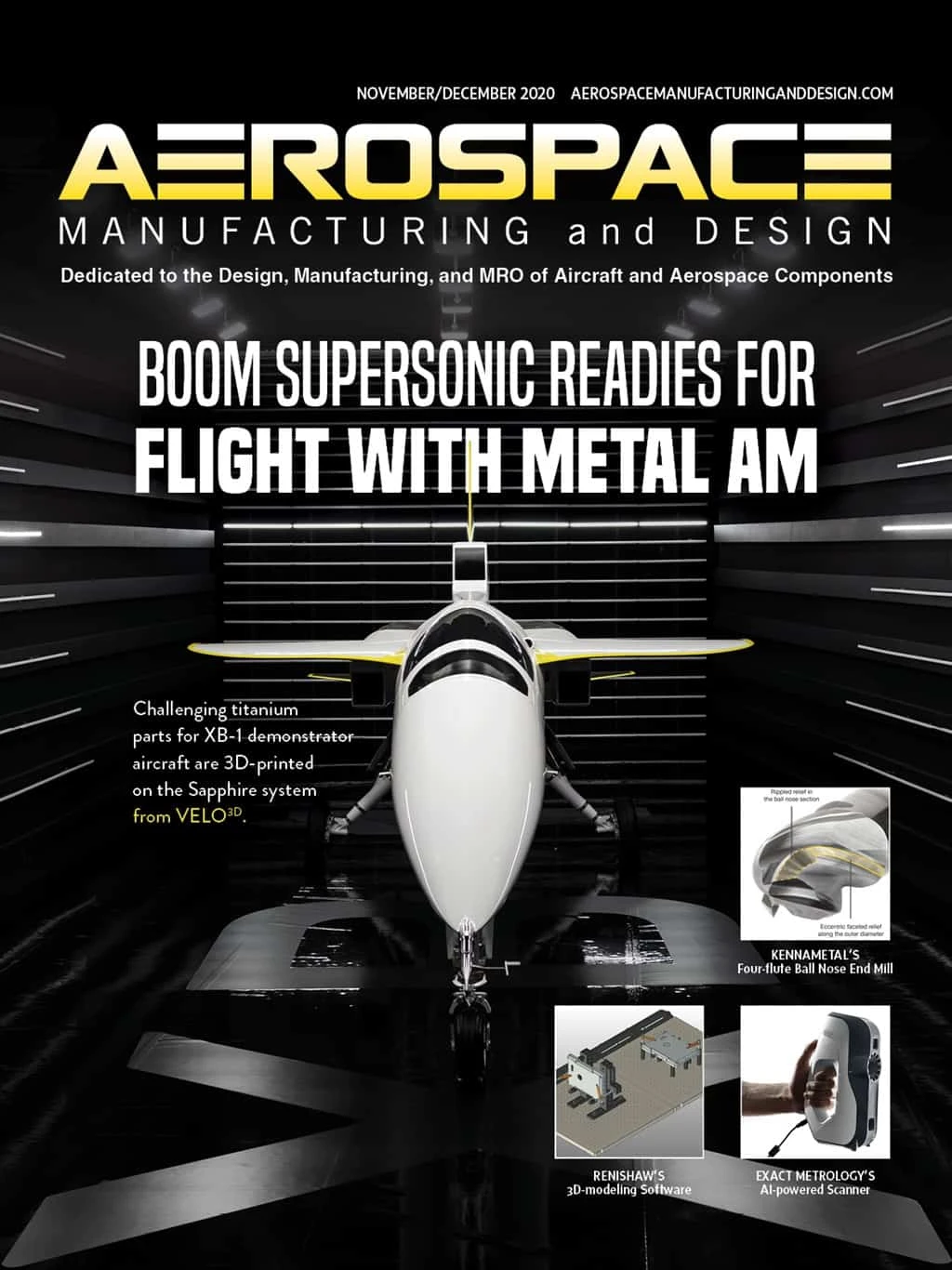
Boeing is consolidating 787 jetliner production at its facility in North Charleston, South Carolina, in response to the COVID-19 pandemic, positioning to ramp up volume as air travel increases. Boeing will continue to build 737s in Renton, Washington, and 747, 767, and 777 airplanes in Everett, Washington.
The company began assembling 787-8 and 787-9 airplanes in Everett in 2007, and brought the North Charleston facility online in 2010 to build the larger 787-10 model.
Production of the smaller 787 models will continue in Everett until the program transitions to the previously announced six airplanes a month production rate in 2021.
The current 787 backlog is 482 aircraft.
Sandvik to acquire CGTech
Sweden’s Sandvik Group is acquiring Irvine, California-based company CGTech, known for its Vericut NC/CNC simulation, verification, and optimization software. Terms were not announced, but the transaction is expected to close during Q4 2020, subject to customary regulatory approvals. The company will be reported in the Sandvik Coromant division within Sandvik Machining Solutions.
“This is in line with our strategic focus to grow organically and through acquisitions in the digital manufacturing space, with special focus on software solutions close to machining,” Sandvik President and CEO Stefan Widing says.
“This will … enable us to take a big step forward in offering full machining solutions to our customers, which will reduce waste significantly in their broader value chain,” says Sandvik Machining Solutions President Nadine Crauwels.
CGTech has about 180 employees.

Indiana universities partner on hypersonic flight research
Purdue University and the University of Notre Dame are pairing their extensive hypersonic research and facilities to improve the next generation of vehicles capable of flying beyond Mach 5 – 5x the speed of sound, or more than 3,500mph at sea level – as part of a $5.8 million program supported by the Air Force Research Laboratory (AFRL). Both universities have Mach 6 quiet wind tunnels as well as unique combustion facilities. The combined 16-member faculty team from both universities will experiment, model, and simulate propulsion systems, air flow, heat transfer, and overall flight vehicle design.
“The role of our research is to provide support to the military and NASA, providing them the research needed to make more accurate predictions about some of their toughest hypersonic problems,” says Jonathan Poggie, a Purdue professor of aeronautics and astronautics, who will lead the hypersonics program. “We will provide insight into extreme heat loads, aerodynamic forces, and unpredictable control characteristics interacting with a vehicle when it flies at such high speeds.”
Purdue recently received a hypersonic pulse (HYPULSE) shock tunnel donated by Northrop Grumman, making Purdue the only university in the U.S. to offer such hypersonic aerodynamics and propulsion testing capabilities.

Explore the November December 2020 Issue
Check out more from this issue and find your next story to read.
Latest from Aerospace Manufacturing and Design
- Heart Aerospace relocates to Los Angeles
- Fixtureworks introduces Stablelock Clamps
- Piasecki acquires Kaman's KARGO UAV program
- PI Americas’ long-travel XY piezo nanopositioners-scanners
- AAMI project call submission deadline extended to May 12
- Jergens launches cast iron tooling column additions
- Airbus to acquire assets relating to its aircraft production from Spirit AeroSystems
- FANUC America's Cobot and Go web tool








